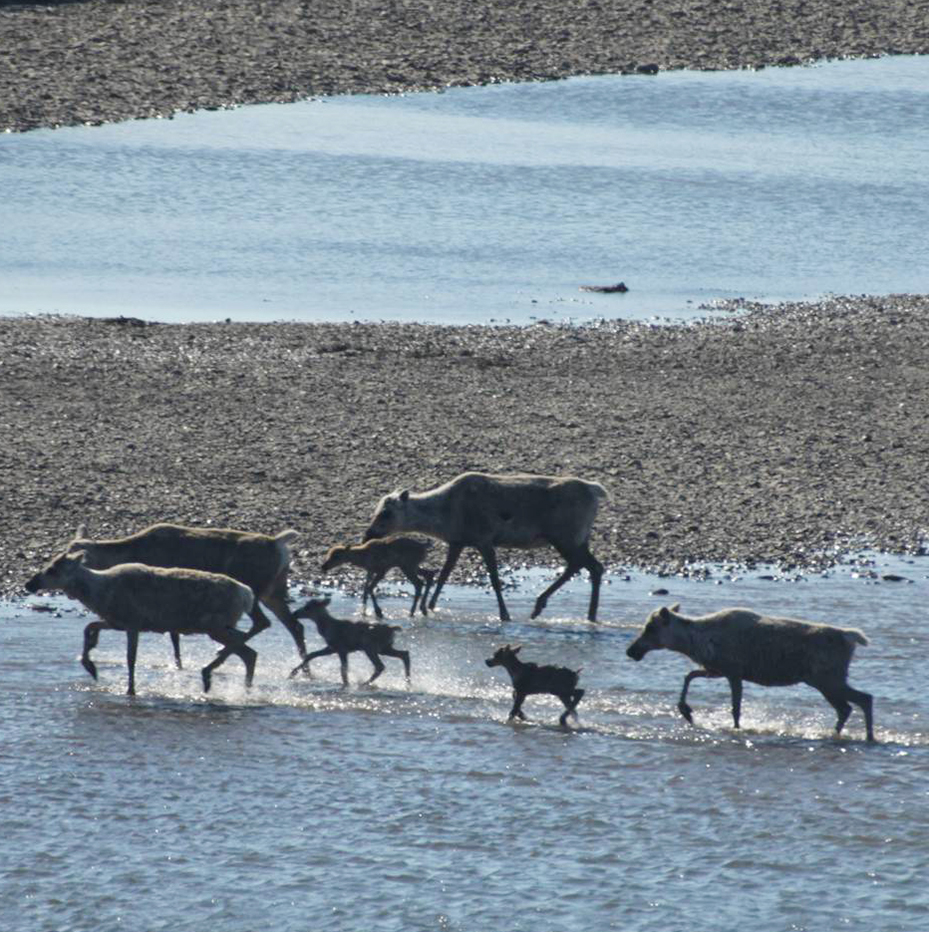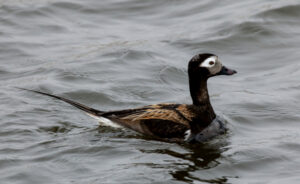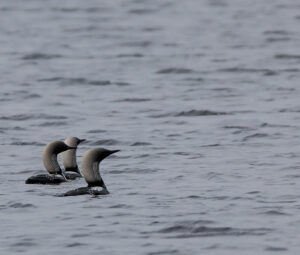
We’re taking the Trump administration to court
Lawsuit challenges Trump administration’s Western Arctic lease sale
Trustees for Alaska filed a lawsuit today that challenges the Department of the Interior and Bureau of Land Management’s 2017 offering of more than 10 million acres of oil and gas leases in the National Petroleum Reserve-Alaska, also known as the Western Arctic. The suit addresses BLM’s failure to provide an in-depth environmental analysis prior to the lease sale.
Trustees filed the suit on behalf of the Northern Alaska Environmental Center, Alaska Wilderness League, Defenders of Wildlife, Sierra Club, and The Wilderness Society.
BLM violated environmental law
The Western Arctic is about the size of Indiana, the largest unit of public land in the country. It provides calving grounds for caribou herds, a key subsistence source for Alaska Native people, and vital nesting and molting sites for geese, eiders, loons and other birds. It supports a wide range of wildlife, including polar bears, walruses, beluga, shorebirds, and hunting birds like peregrine falcons, golden eagles, and hawks.
The suit claims that BLM violated the National Environmental Policy Act by issuing the leases without taking a close look at the impacts of oil and gas activities or the need for additional measures to protect fish, wildlife, subsistence activities, and habitat.
“The Trump Administration is in such a rush to sell off our public lands to the oil and gas industry that it isn’t even taking the time to comply with the law,” said Suzanne Bostrom, staff attorney for Trustees for Alaska. “This lawsuit is about making sure that the agency meets its legal duty to look at the impacts of oil and gas development on fish and wildlife before it makes decisions.”
Blindly granting the right to drill
The 2017 lease sale clearly highlights a problem that needs fixing. Right now, BLM is not taking a close look at the impacts of oil and gas development on Alaska’s animals, waters, lands, and people before selling off the right to develop an area.
The agency never looked at site-specific impacts before issuing leases—and it did not retain the ability say “no” to later development proposals, even if those proposals would mean negatively impacting animal migration routes and nesting areas, the availability and access to subsistence foods, or other environmental concerns.
Lawsuit calls BLM to account during a critical time
Secretary of Interior Ryan Zinke came to Alaska in May 2017 to promote an aggressive plan to open more of the Arctic to drilling and put more of our public lands at risk.
He made it clear that the administration wants to open more areas in the Western Arctic to oil and gas activities — even places currently closed to drilling, such as Teshekpuk Lake, a designated Special Area vital to the health of the Arctic and its communities.
The reckless pursuit of oil in the Arctic is a threat to wildlife in the region, including caribou, polar bears, and millions of birds that migrate annually from every continent to rear their young in the reserve. The Trump administration continues to say it wants to open additional ecologically-sensitive areas in the reserve to expanded oil and gas development, while at the same time ignoring the fact that existing oil and gas activities in the reserve are having serious impacts to fish, wildlife, and subsistence.
Lawsuit aims to ensure BLM fulfills its obligation
BLM ultimately sold only about 80,000 acres of the 10 million acres offered, putting into question the economics of drilling in the Arctic in the first place. The lawsuit filed today is not about the size of the sale, however, but rather about BLM’s failure to address its obligation to assess environmental impacts and prohibit activities that cause harm.
BLM needs to consider the impacts of industrial activities before it makes decisions. That’s the law.






